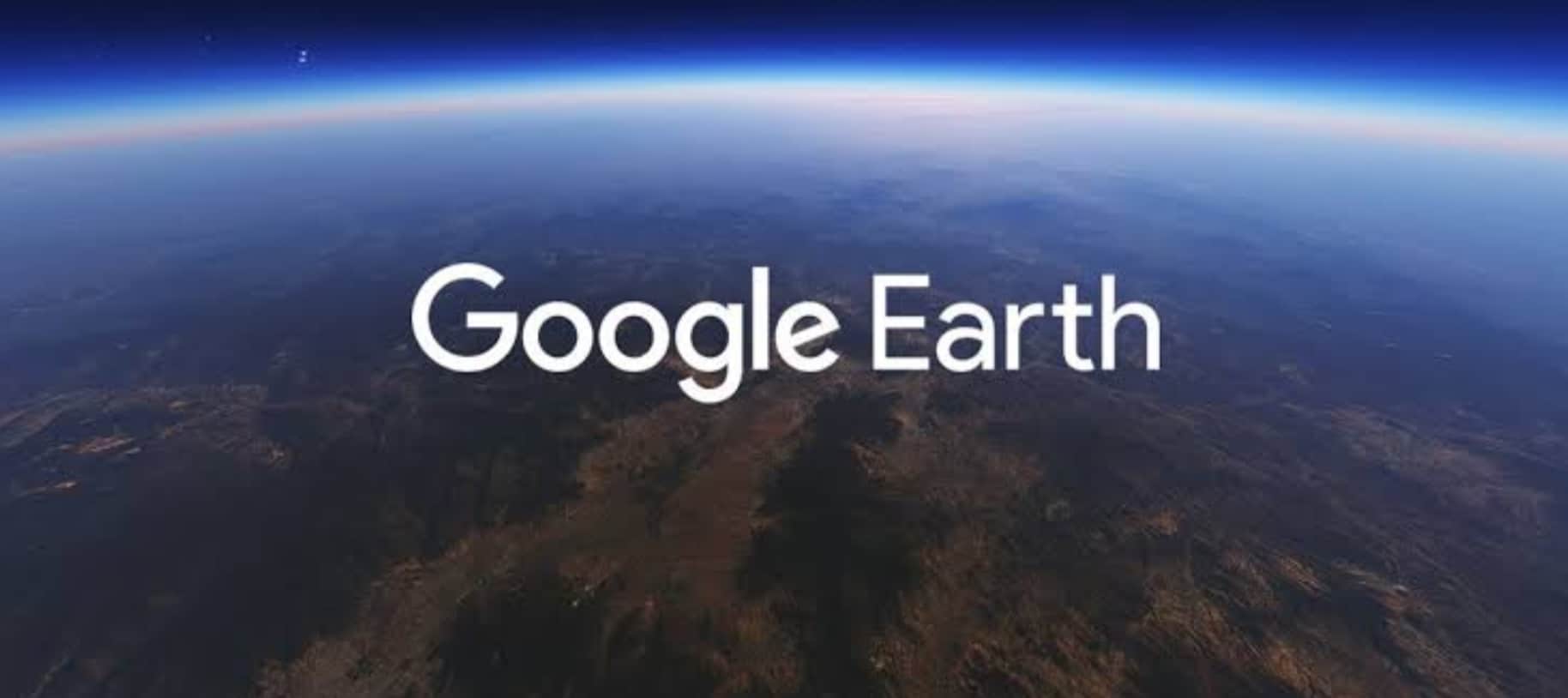Google Earth has a feature called timelapse that allows users to look back and see how the earth’s surface looked several years ago. At the moment, this feature allows you to see places about 35-40 years ago, and in some regions, it’s limited to 1984. But, a developer by the name of Kyler has reportedly tweaked some hidden, experimental features within the Google Earth app. This has enabled him to look back even further in time and see the evolution of regions from the past.
Kyler, with @Developerrr_ on Twitter, tweeted some screenshots and a video of this hidden time-lapse feature of Earth showing an aerial view of San Francisco from 1938. Seeing this experimental or hidden time-lapse feature in action gives you a feeling of time-traveling into the past. It is pretty incredible to see how the regions looked in the past, and if they make to the stable build, it’d really be incredible to see the evolution of the earth’s surface over, say, 80 years. Check out the original tweet embedded below:
Hidden Time-traveling Time-lapse Feature in Google Earth
The newly-spotted experimental feature in Earth on Android suggests that Google is testing or has tested ‘time-lapse’ for a much longer period. However, there is no evidence to suggest that this feature will come to a live build of Google Earth. But if it does come to the already-existing time-lapse options in the stable version, it would be great to see time-lapse with further mapping data on Google Earth. However, if it happens to come as a user-facing option, it would be limited by the existing mapping data that was available at that time in the past.
As of now, the feature is limited to 1984 in some places, and users can see a maximum of forty years of time-lapse. But if the hidden feature comes to the stable build, then you should expect to go back more in time for some regions where data is available. This will likely be limited to the places where the photographic details from the era of airplanes are available. So, you may see only a few regions or major cities get to Google Earth and show historical features of the region’s surface — that too if the feature makes it to the live version.
